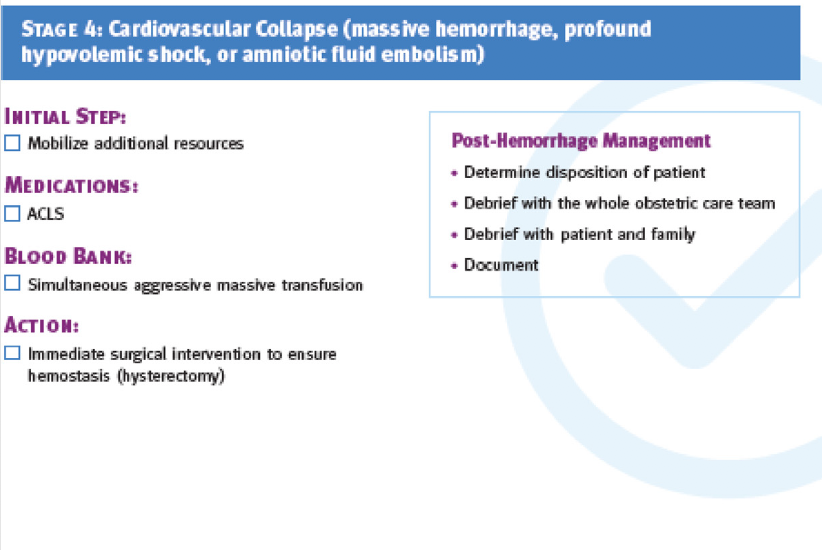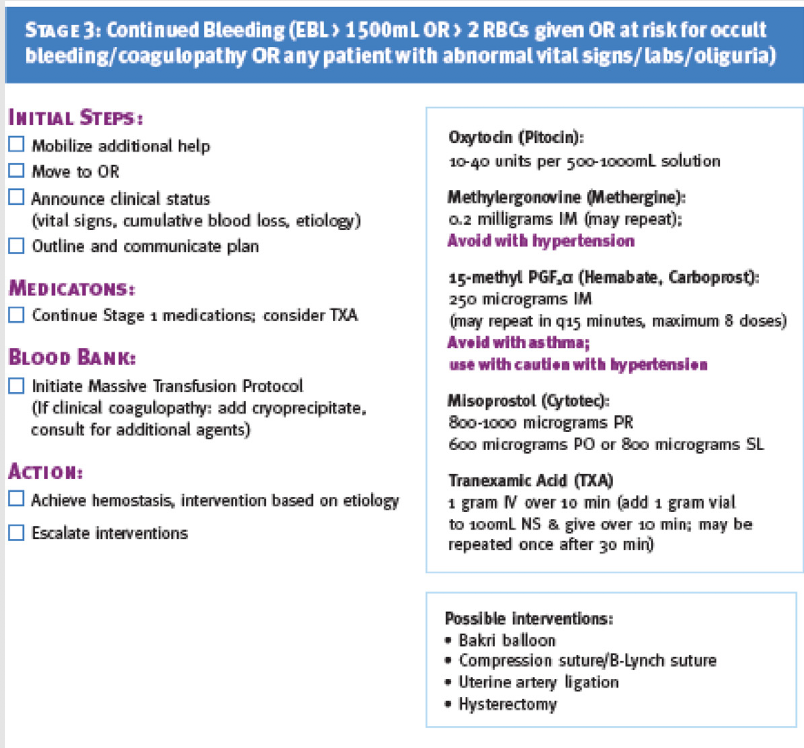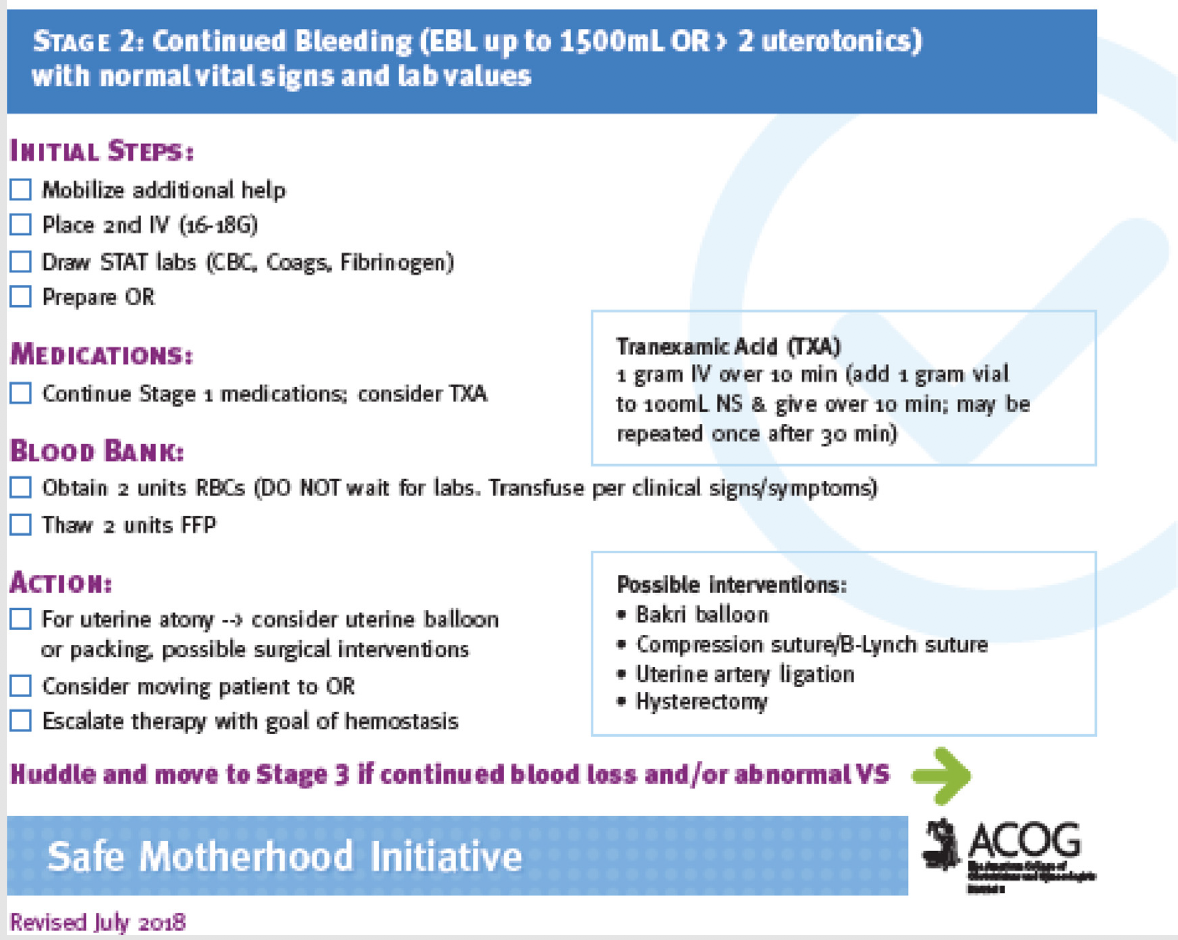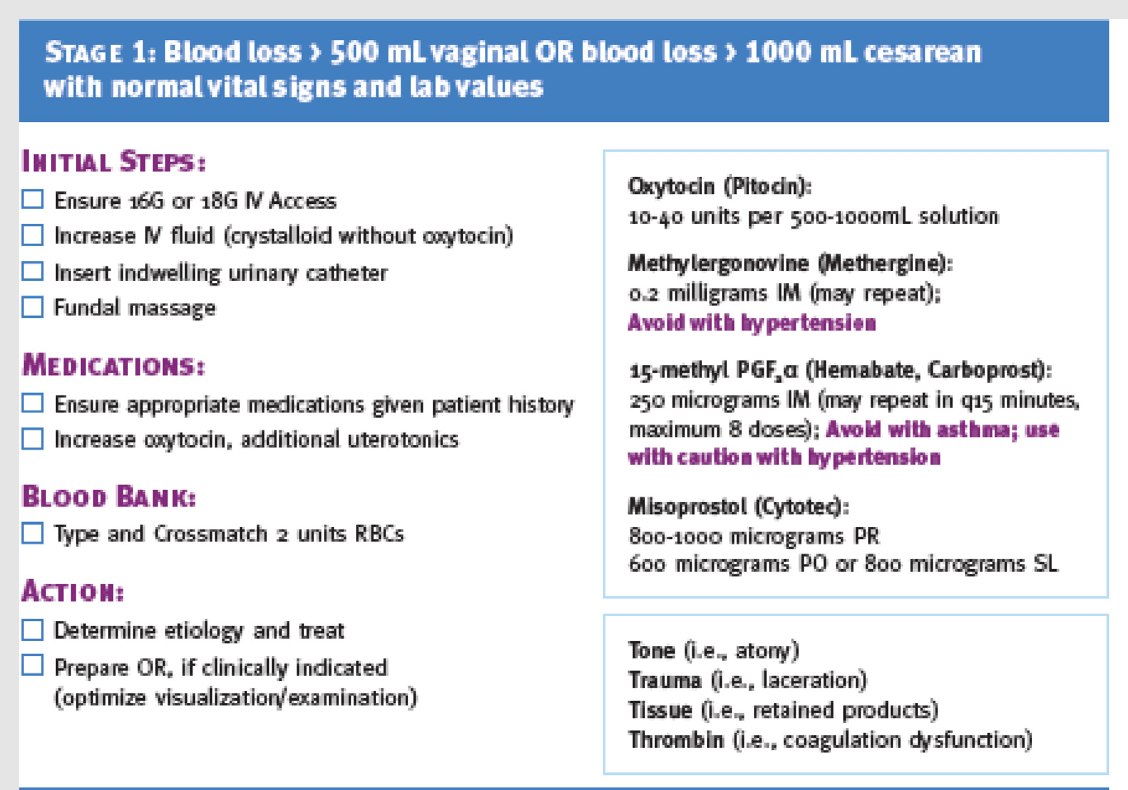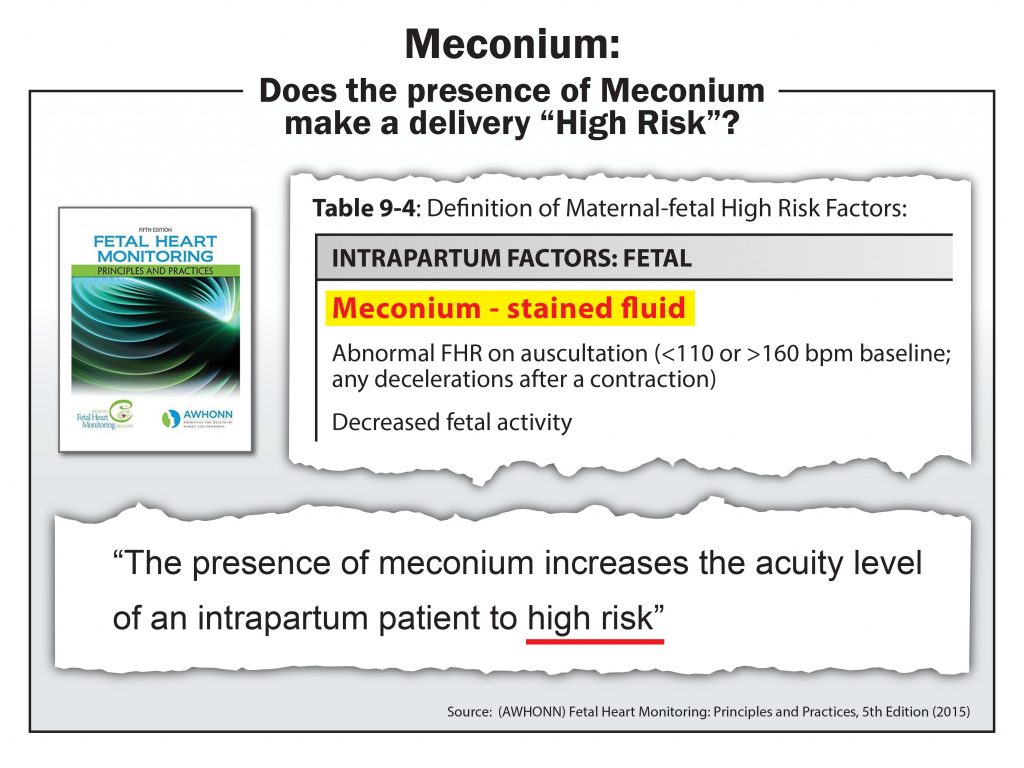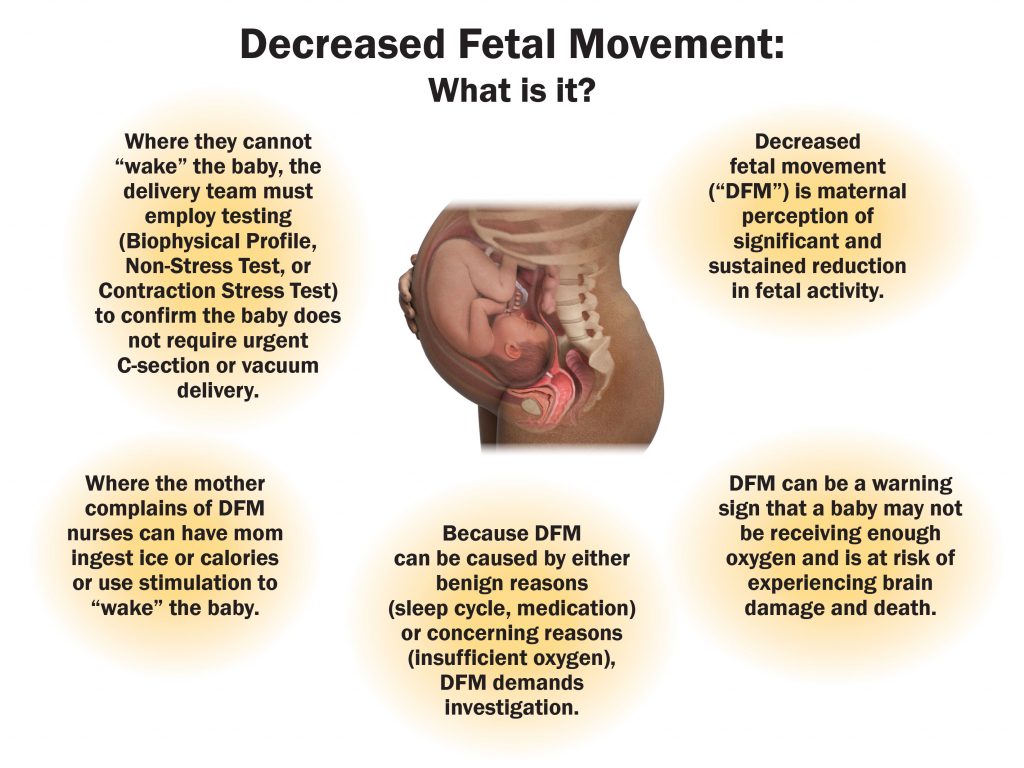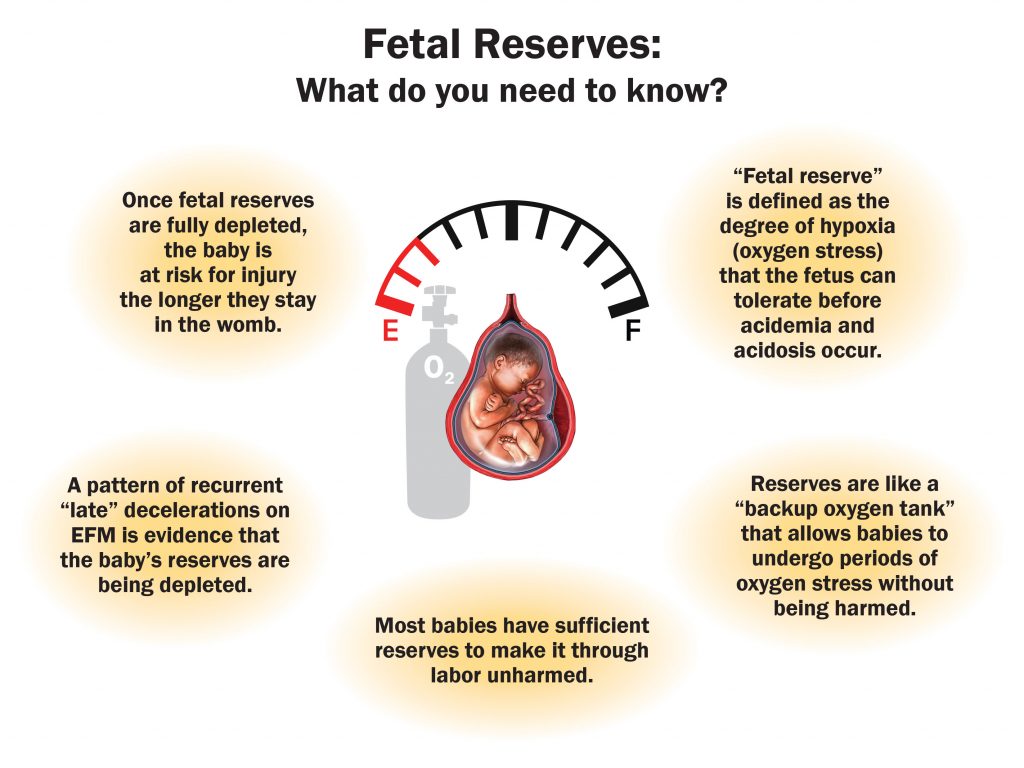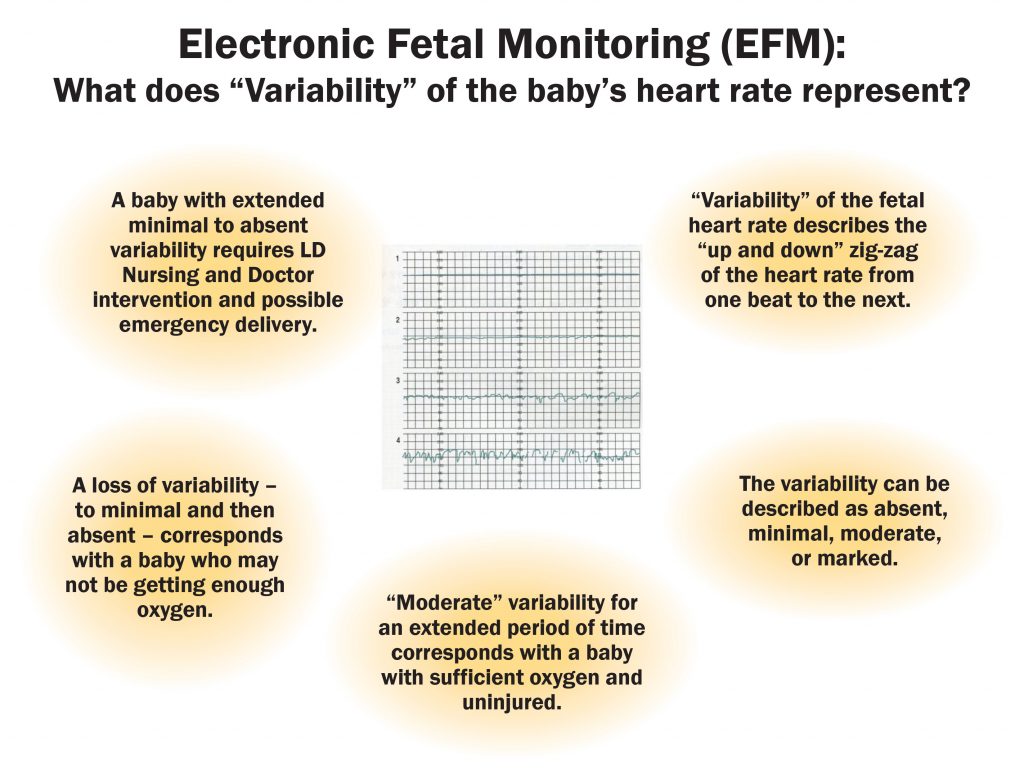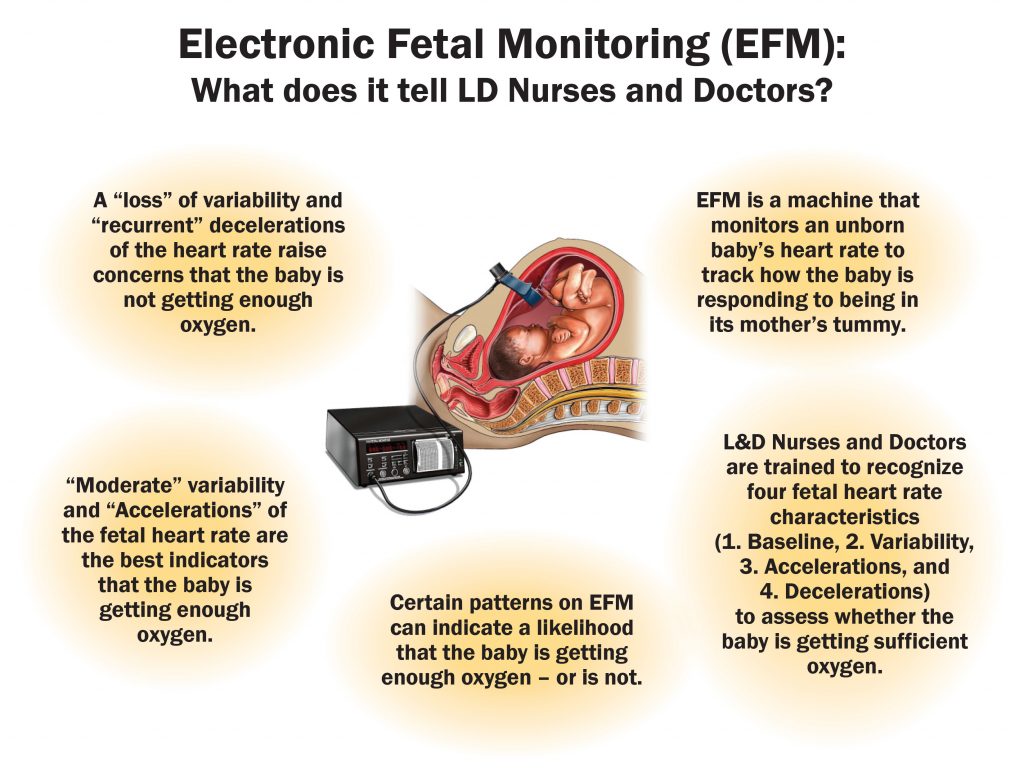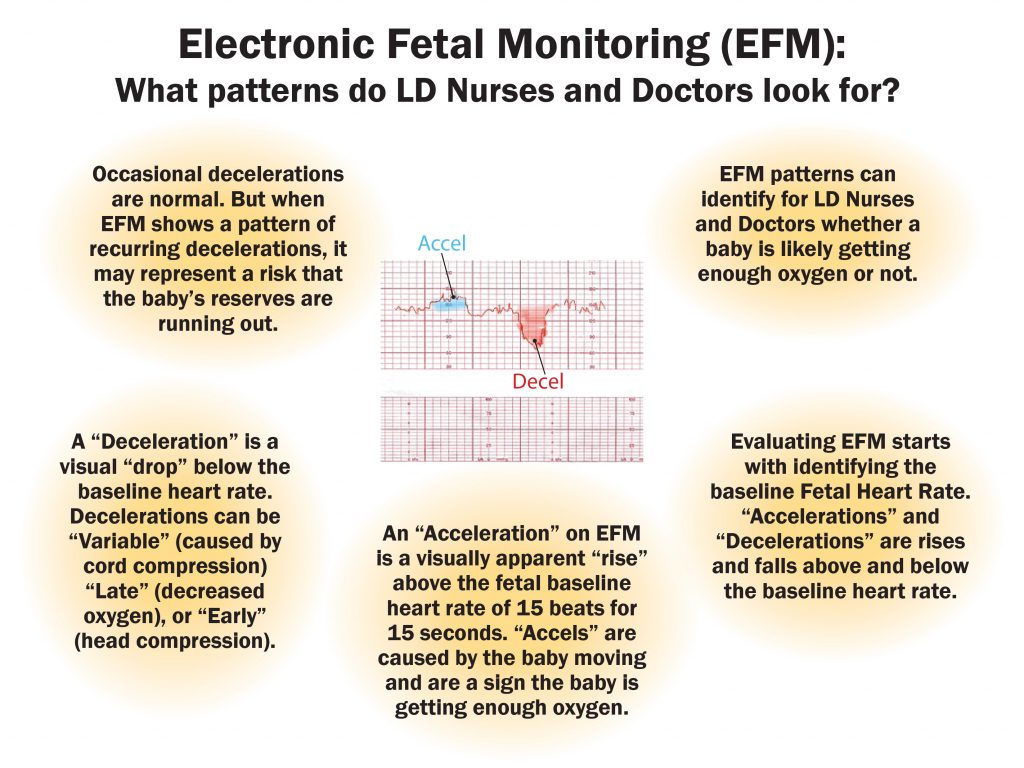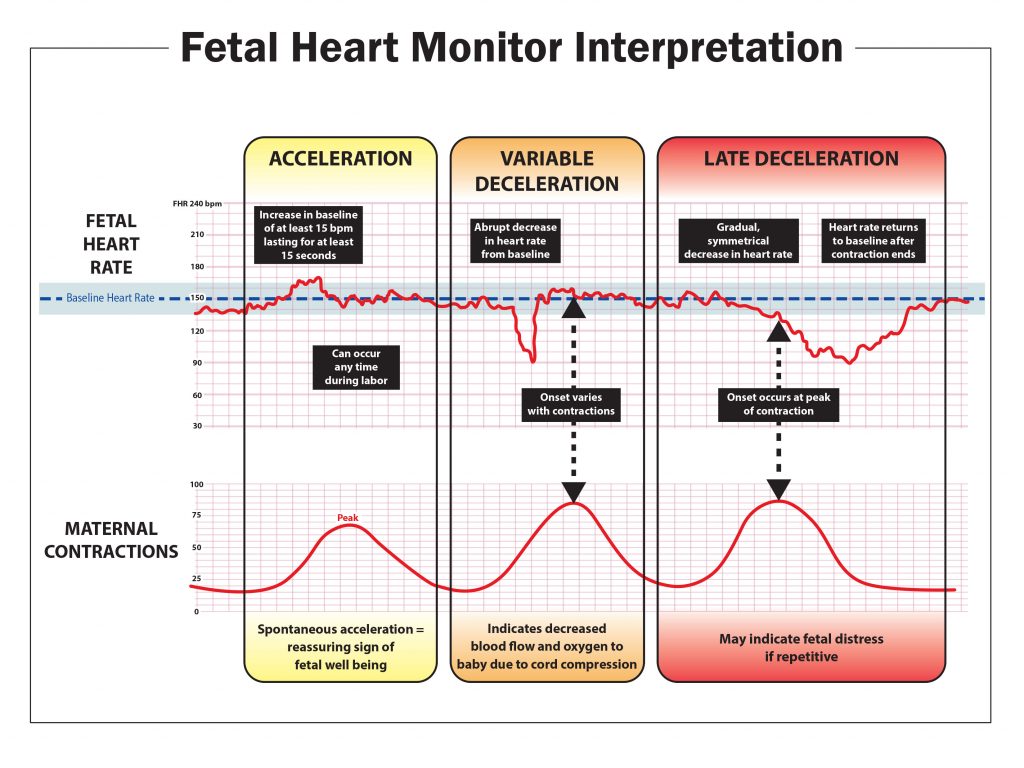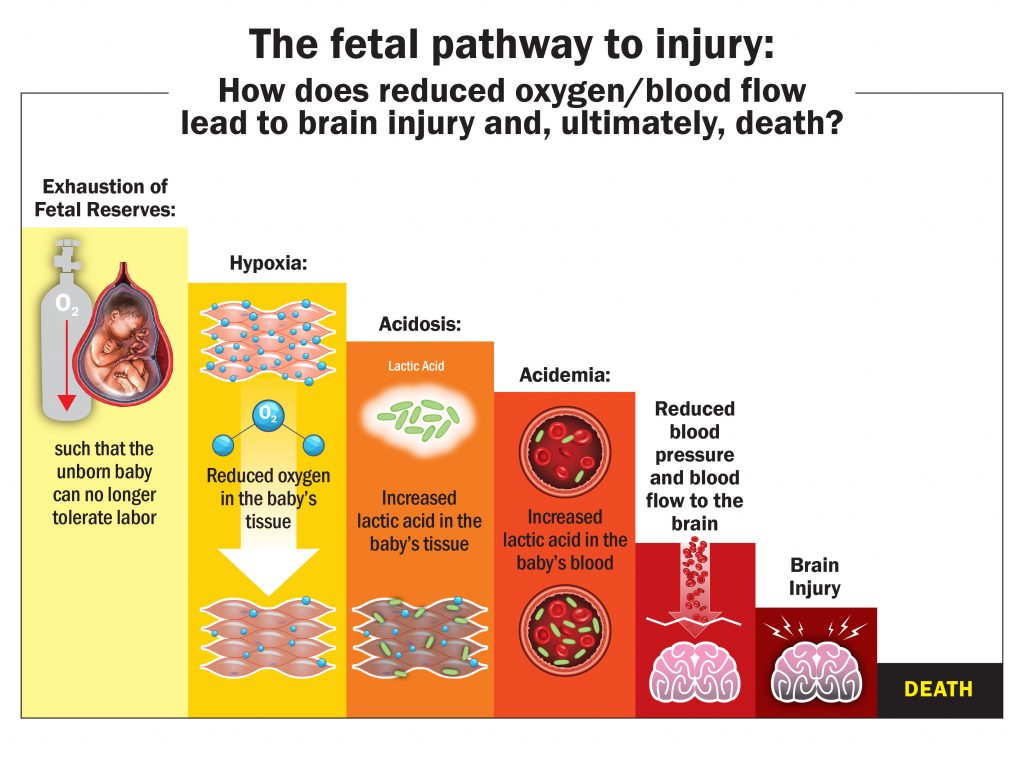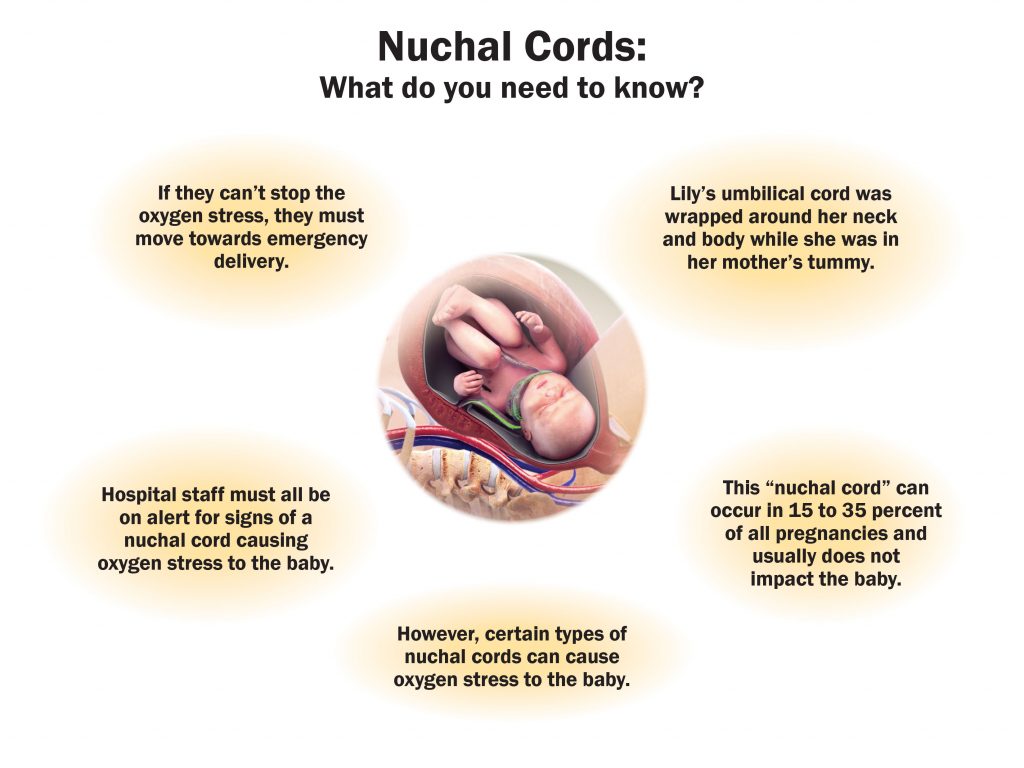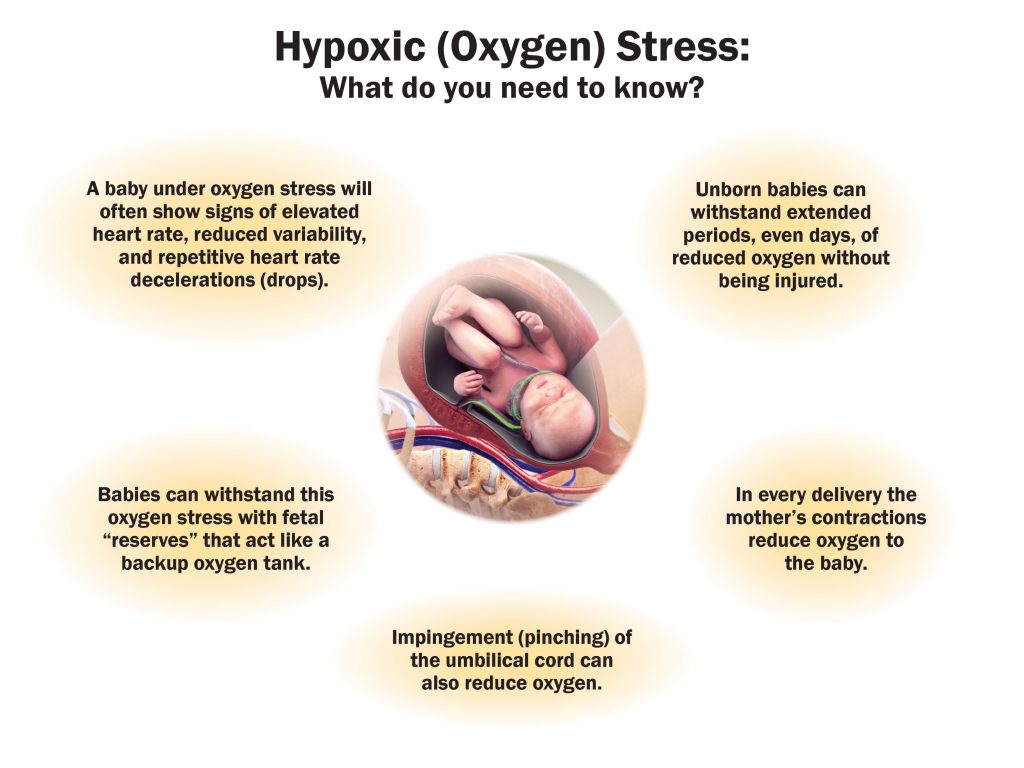(The following article was written by Nelson Tyrone for publication in Verdict: The Journal of the Georgia Trial Lawyers Association. It is presented in 3 parts. See below for Part 3 of 3)
The Georgia Apportionment Statute O.C.G.A. § 51-12-33(c) and the recent Court of Appeals decision in Red Roof Inns affirming apportionment even as to intentional criminal actors gave us real concerns that the jury’s apportionment decisions could leave Nathan without a meaningful recovery. In fact, in Nathan’s case we faced apportionment on two fronts. The Defense provided pretrial notice of their intention to seek apportionment to the criminal assailants and to the neighboring property owner (the Chevron) where the attack had started. Even if we could convince the jury that the Defendants were liable and prove Nathan’s damages were extraordinary, we would still face the prospect of the jury apportioning a huge percentage of the verdict to the assailants (which, of course, would never be recovered) or to the “Chevron” Defendants (who we had not named in the suit).
This was a very real concern for us. In several inadequate security cases brought by fine lawyers that had gone to trial since the passage of O.C.G.A. § 51-12-33(c), juries had apportioned from 80% to 90% to the assailants. And in the early focus groups we convened on the apportionment issue, the assailants received roughly 70% of the blame and the “Chevron” 20% to 30%. If we weren’t able to navigate apportionment, Nathan faced a zero recovery.
We spent countless hours and convened four focus groups on the apportionment issue alone. I was right to be concerned. Virtually all of the trial, including closing arguments, dealt with the issue of whether or not the assailants and the “Chevron” should be awarded some modicum of fault. Over the course of our trial preparation I believe we discovered several approaches regarding the apportionment challenge that I believe were successful.
A. Apportionment to the Criminal Assailants.
I believe there were several things that helped us the most to successfully deal with the apportionment statute in our case. First, I began trial believing that both under the law and a juror’s sense of what was morally right, O.C.G.A. § 51-12-33(c) did not require the jury to assign some “fault” to the assailants. Given that we were successful at trial and that the jury ultimately apportioned zero percent fault to the assailants, the Defense is appealing the result. Therefore, I will not go into the legal positions in great detail here. However, in brief, “O.C.G.A. § 51-12-33(c) simply explains that all nonparty tortfeasors, regardless of whether they can be held liable for their actions, should be considered by the jury during deliberations.” Ingles Mkts., Inc. v. Kempler, 317 Ga. App. 190, 183 (2012) (emphasis added). It does not require that they all be assigned an actual share of liability. Simply put, the apportionment statute does not require that a jury find fault with an intentional wrongdoer, just that it consider potential tortfeasors that are appropriately identified and supported with competent evidence.
B. Apportionment to the Chevron Defendants.
The evidence at trial was that the criminal attack by Nathan’s assailants had started a few feet over the property line dividing Nathan’s apartment complex from the Chevron property, on the Chevron side of the line. But while the Defense provided notice identifying several corporate entities (purportedly the owner, lessor or manager of the “Chevron” property and convenience store), the Defense in our case chose not to put on any evidence in order to preserve the right of final closing argument. Anticipating this possibility, Richard and I were careful about what evidence we introduced in our case-in-chief and did not elicit any testimony or introduce any exhibits or competent evidence as to which entity actually bore the legal duties emanating from the ownership or occupancy of the Chevron space. When the Defense rested without introducing any evidence, Judge Panos correctly granted our Motion for Directed Verdict as to the Chevron Defendants.
This is an important point to remember regarding apportionment: The apportionment statute does not give Defendants free rein to merely provide notice of nonparties, put undeveloped and unsupported claims in front of a jury, and roll the dice. Competent evidence is required. “If it were otherwise, . . . there would be no limitation on the number of potential nonparties that a trial court would be required to include on the verdict form for purposes of assessing fault under O.C.G.A. § 51-12-33(c).” Union Carbide, 315 Ga. App. at 560 n.4. With no competent evidence of who owned the neighboring “Chevron” property, the trial Court was correct to prohibit the jury from considering apportioning any fault to the various corporate entities the Defense had identified in their pretrial notice.
C. Using Analogy to Explain the Concept of Concurrent Proximate Cause.
I believe the concept of concurrent proximate cause is a “friend” to a lawyer trying to avoid apportionment to a criminal assailant. I believe the key is to explain it to the jury in a way that is both “real” and “right” for them.
I won’t quote the jury instruction for Concurrent Proximate Cause here, but it is a bear. It essentially states that where two actors are responsible for an injury, the one that falls closest to the injury is usually the cause – unless it would not have occurred but for the first actor. I imagine many lawyers would struggle if they had to explain the concept. I can only imagine a juror having to understand the concept as it is “explained” by the jury charge.
But what about this: “You don’t blame the pit bull, you blame the owner.” Although not perfect, this analogy captures in a simplified way the essence of a complex legal concept. Of course the pit bull – not the owner – bit you. The teeth in your leg tell you that. However, who really is responsible for the bite if the owner let the dog off the leash, left a hole in their fence? This analogy fit the apartment owner and manager, who knew about the dangerous “dogs” that would attack their tenants, but didn’t do what they needed to keep the dogs on a “leash” or outside the apartment complex fence.
Over the course of wrestling with apportionment, we tested roughly a dozen analogies with focus groups and used the ones at trial that made the most sense to them. We found that jurors understood the “pit bull” analogy (and several others) on a basic, gut level. For each analogy that helped the jury, I used a photograph depicting the analogy and told a story in closing about the analogy (Imagine you live next to a neighbor with a pit bull…). Analogy after analogy, story after story, I could see jurors’ heads nod as they started to understand the real-world implication of what the Defense was asking them to do. “Don’t blame us,” they said. Even though they knew they were letting pit bulls into the complex.
The end result, I believe, is that the Defense left them with complex legal theories and empty arguments (“hold the criminals responsible”). We left them understanding that the law presented to them during the trial, and their sense of what was moral and right that they brought into the trial, were one in the same and that both directed them to find for Nathan.
After nearly 6 hours of deliberations the jury returned with a verdict of $5.25 million. After speaking with some jurors, we learned that eleven jurors had voted for a verdict in excess of $8 million, and one juror had threatened to deadlock unless they reduced the verdict.
The verdict was hard for Nathan to comprehend. During trial he and his mother had their power turned off and faced eviction from their apartment because they couldn’t pay rent. When I dropped Nathan at home later that night after the verdict, his mother asked him whether he had won. Nathan told her he had. His mom asked him “What does that mean?” I stood next to Nathan as he wrapped his arms around her and said, “Mom, I think it means that I’m going to be able to buy you a little house, and you’ll never be evicted again.”
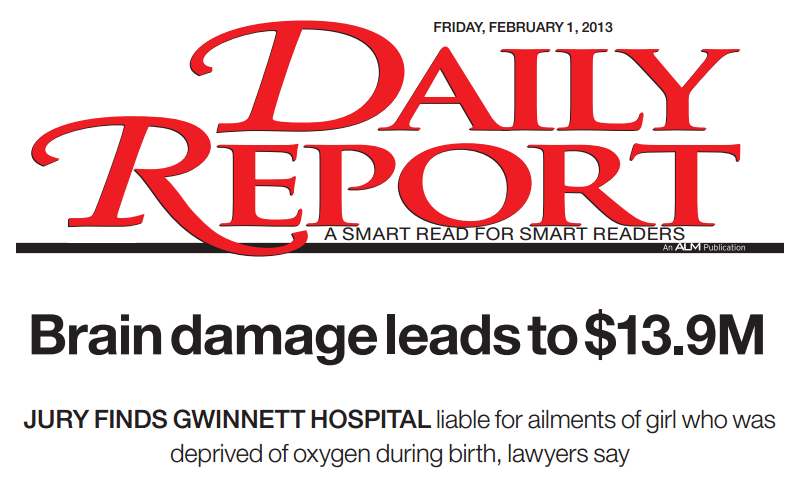



 Hayley serves as a Labor and Delivery Nurse Consultant for the Tyrone Law Firm. She attended and graduated Cum Laude from the University of Georgia in 2004 with a Bachelor of Arts degree in Journalism/Public Relations. After graduation she moved to the gulf coast where she pursued a career in real estate and development.
Hayley serves as a Labor and Delivery Nurse Consultant for the Tyrone Law Firm. She attended and graduated Cum Laude from the University of Georgia in 2004 with a Bachelor of Arts degree in Journalism/Public Relations. After graduation she moved to the gulf coast where she pursued a career in real estate and development.
